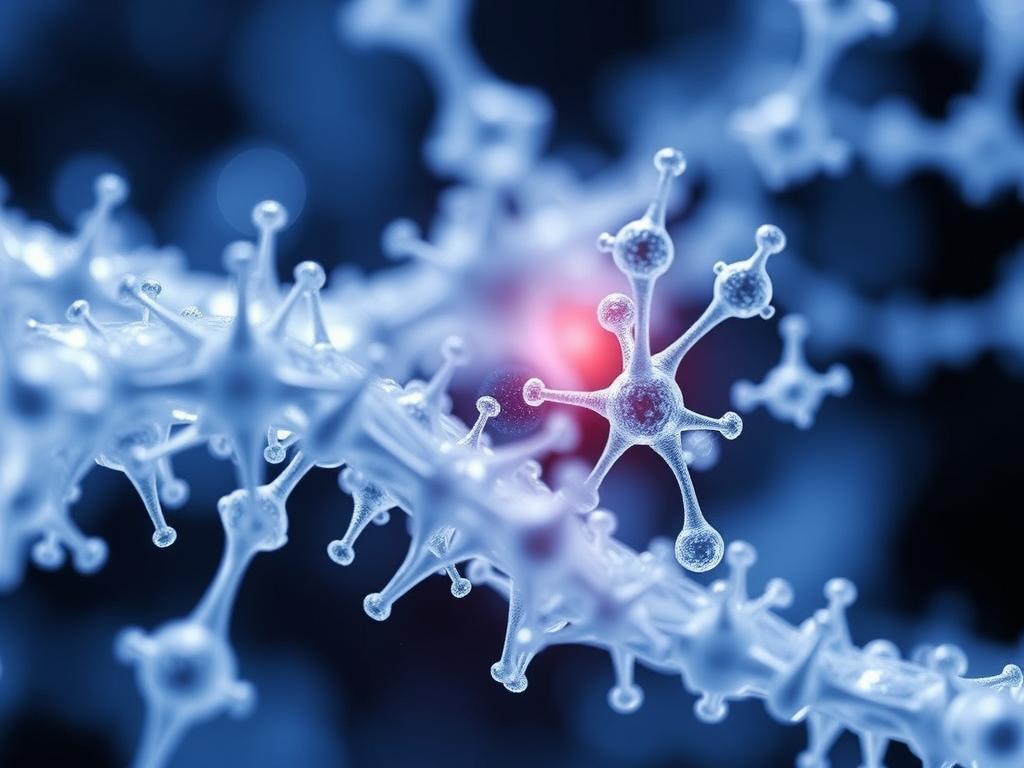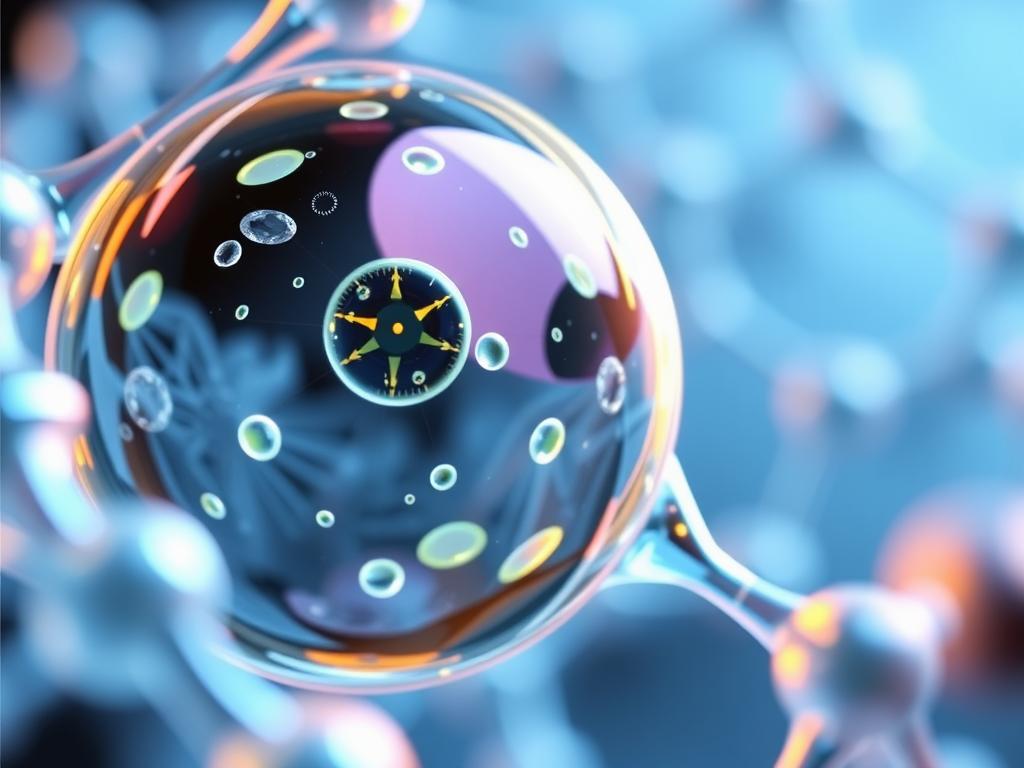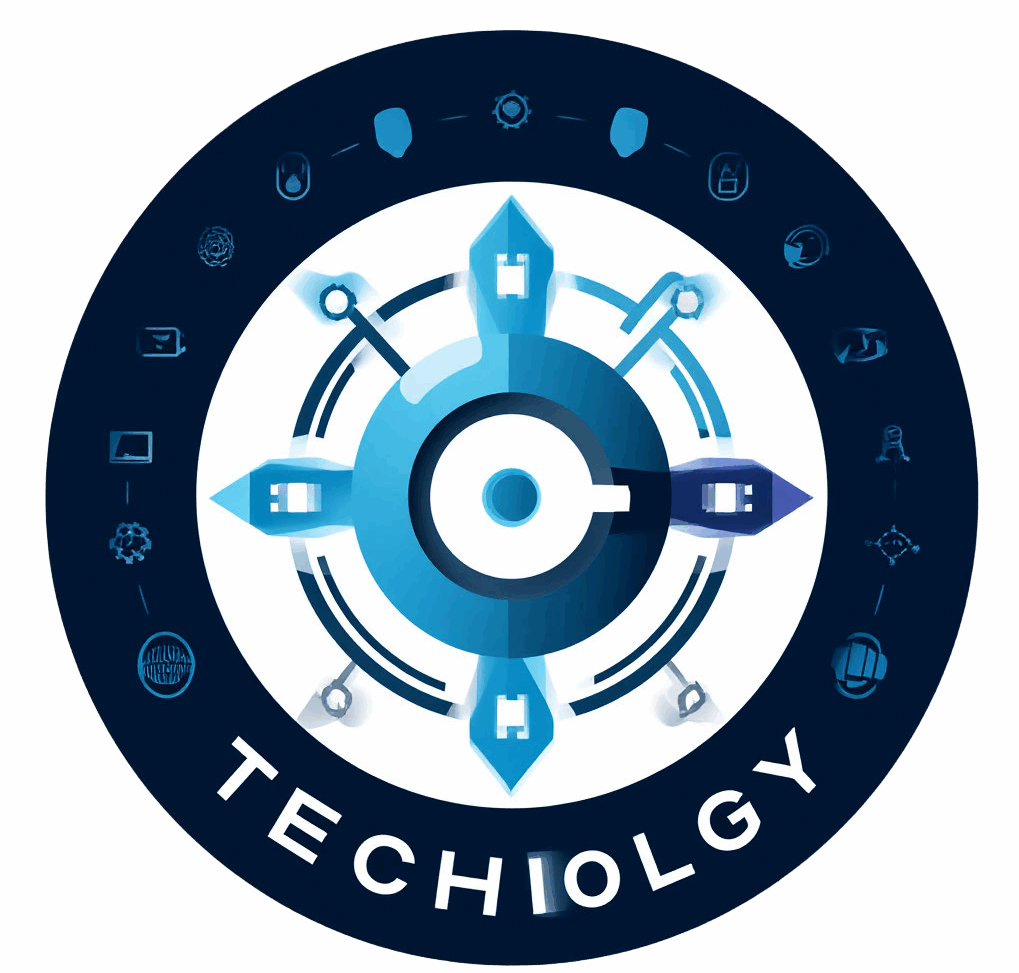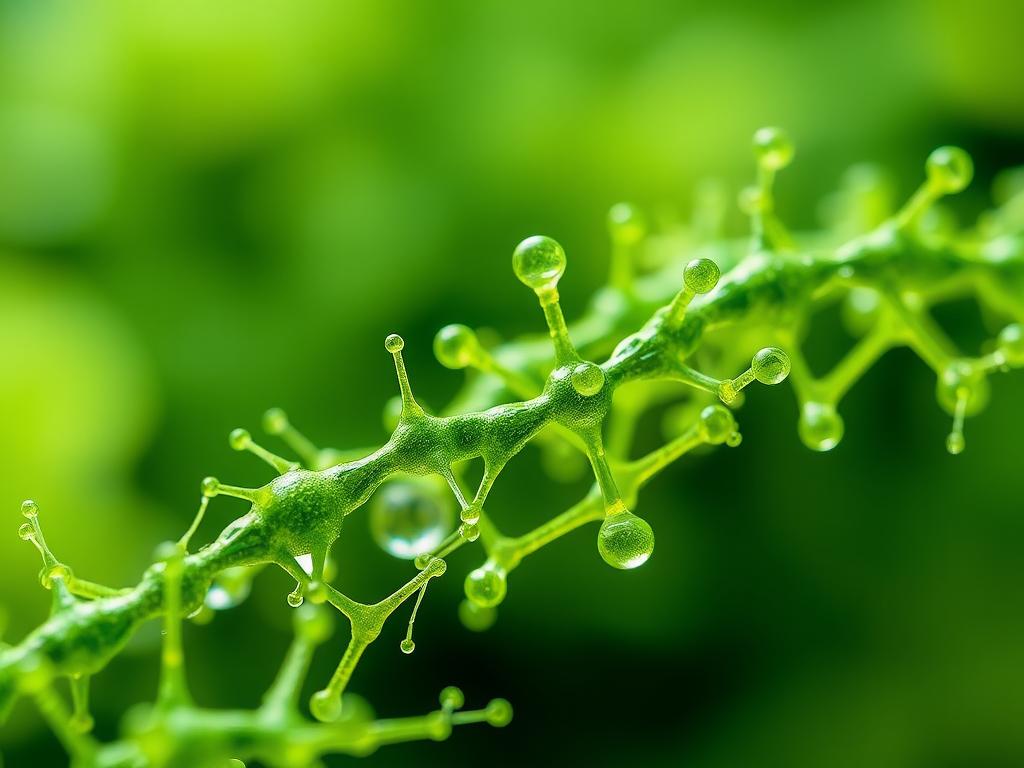Nanotechnology, a field that manipulates matter at the atomic and molecular scale, is rapidly transforming the way we live, work, and interact with the world around us. By engineering materials and devices at the nanoscale—typically between 1 and 100 nanometers—scientists are unlocking unprecedented opportunities across various industries. But what exactly are the applications of nanotechnology today, and how might this technology evolve in the future? Let’s take a deep dive into the diverse applications of nanotechnology and its promising future prospects that could redefine our daily lives.
Understanding Nanotechnology: The Basics
Before exploring the applications, it’s helpful to get a clear picture of what nanotechnology entails. At its core, nanotechnology involves manipulating incredibly small particles, smaller than the size of a virus or even a strand of DNA. These tiny structures often exhibit unique physical, chemical, and biological properties that differ significantly from those of larger particles. For example, nanoparticles can show enhanced strength, electrical conductivity, or chemical reactivity, making them versatile tools in science and industry.
From the way nanoparticles are synthesized to how they’re integrated into devices, the methods of working with nanotech are both complex and fascinating. Scientists use specialized tools like scanning tunneling microscopes and atomic force microscopes to observe and manipulate materials at this scale. This precision allows for the creation of materials with customized properties—for instance, fabrics that repel stains without sacrificing breathability or medical devices that can target diseased cells without harming healthy ones.
Key Applications of Nanotechnology
Nanotechnology isn’t just a futuristic concept; it’s already part of everyday products and leading-edge scientific advancements. Let’s explore some of its most prominent applications:
1. Medicine and Healthcare
One of the most exciting areas where nanotechnology is making an impact is medicine. Nanoparticles can be engineered to deliver drugs directly to cancer cells, minimizing side effects and improving treatment efficacy. This targeted drug delivery is revolutionizing chemotherapy and other therapies. Additionally, nanoscale biosensors enable early disease detection by identifying biomarkers in tiny blood samples, allowing for quicker, less invasive diagnostics.
Nanomaterials are also used in regenerative medicine, enhancing tissue engineering and wound healing. For instance, nanofibers can serve as scaffolds to support cell growth and tissue repair. Furthermore, antimicrobial nanoparticles are employed in coatings and wound dressings to prevent infection.
2. Electronics and Computing

The electronics industry has benefited immensely from nanotechnology by shrinking components, increasing performance, and reducing power consumption. Nanotransistors and quantum dots are paving the way for faster and more efficient processors, while nanoscale memory devices promise to store significantly more data in smaller spaces.
Flexible electronics, made possible by nanomaterials such as graphene and carbon nanotubes, are opening new horizons for wearable technology, foldable screens, and smart textiles. These innovations could lead to lightweight, durable, and highly responsive devices that integrate seamlessly into our daily lives.
3. Energy and Environment

Nanotechnology is helping tackle global energy challenges by improving the efficiency of solar cells and batteries. Nanostructured materials enhance the light absorption and charge transport in photovoltaic devices, making solar energy more affordable and accessible. In battery technology, nanomaterials enable faster charging times and extended cycle life, which is especially important for electric vehicles.
Environmental applications include water purification systems that use nanofiltration membranes to remove contaminants, and catalysts that break down pollutants more effectively. Nanotechnology is also employed in sensors that monitor air and water quality in real-time, helping safeguard ecosystems and public health.
4. Materials Science and Manufacturing
The ability to engineer materials at the nanoscale allows for the development of stronger, lighter, and more durable materials. Nanocomposites, which combine nanoparticles with polymers or metals, find applications in automotive, aerospace, and construction industries.
Self-cleaning surfaces, created with nanoscale coatings that repel dirt and water, are used in glass, fabrics, and paints. These coatings not only enhance the longevity of products but also reduce maintenance costs and environmental impact.
Future Prospects of Nanotechnology: What Lies Ahead?
Looking forward, the future of nanotechnology promises even more remarkable breakthroughs. As researchers deepen their understanding and improve fabrication techniques, we can anticipate more sophisticated nanodevices and materials with broader functionalities.
Emerging Trends to Watch

- Nanorobotics: Tiny robots capable of performing precise tasks inside the human body could revolutionize surgery and diagnostics.
- Quantum Computing: Leveraging nanoscale components, quantum computers may solve problems beyond the reach of classical machines.
- Personalized Medicine: Nanotechnology may enable treatments tailored to an individual’s genetic profile, improving outcomes and reducing side effects.
- Environmental Remediation: Advanced nanomaterials could clean up pollutants more efficiently, addressing global environmental challenges.
Challenges Ahead
Despite its promise, nanotechnology also faces several hurdles. Safety concerns regarding the toxicity and environmental impact of nanoparticles remain under investigation. Regulatory frameworks need to evolve to manage potential risks effectively. Additionally, the costs of developing and manufacturing nanotechnology-based products can be high, potentially limiting accessibility.
Table: Applications of Nanotechnology Across Different Fields
| Field | Applications | Benefits |
|---|---|---|
| Medicine | Targeted drug delivery, biosensors, regenerative medicine | Improved treatment efficacy, early diagnosis, enhanced healing |
| Electronics | Nanotransistors, flexible electronics, quantum dots | Faster devices, greater data storage, wearable tech |
| Energy | Nanostructured solar cells, nanobatteries | Higher efficiency, longer battery life, renewable energy |
| Environment | Water purification, pollutant sensors | Cleaner water, real-time monitoring, pollution control |
| Materials | Nanocomposites, self-cleaning coatings | Stronger materials, reduced maintenance, durability |
Conclusion
Nanotechnology stands as a monumental frontier in science and technology, offering transformative solutions that span medicine, electronics, energy, and environmental sustainability. Its applications, already impressive today, hint at a future where smart, efficient, and personalized technologies will become an integral part of everyday life. However, as we harness these tiny wonders, mindful attention to safety, ethical considerations, and accessibility will be vital to ensure that the benefits of nanotechnology are realized responsibly and equitably. The coming decades promise to be an exciting era, where the possibilities at the nanoscale translate into vast improvements in quality of life, sustainability, and innovation worldwide.




